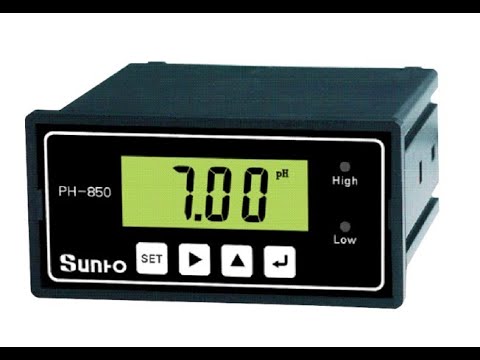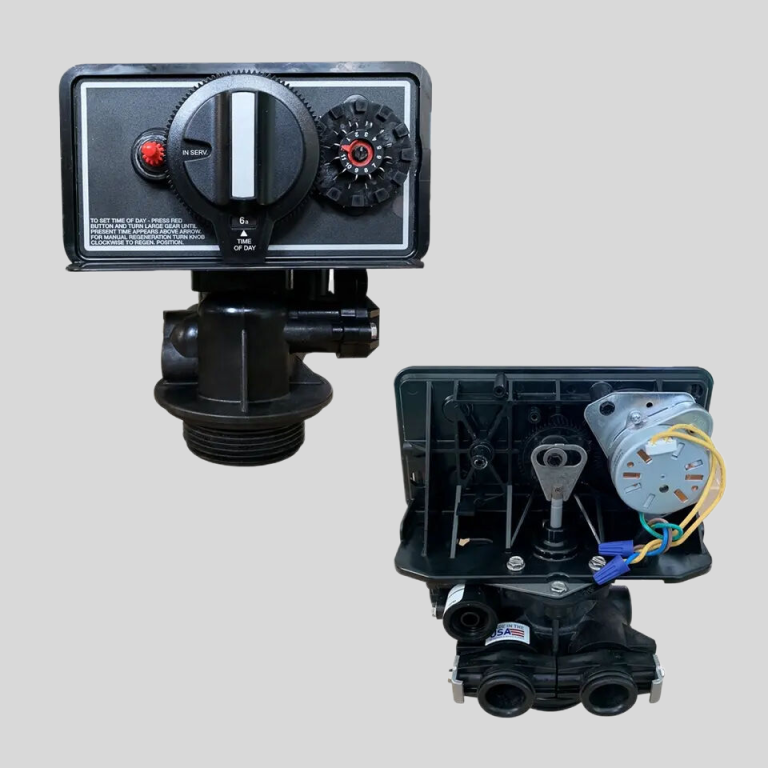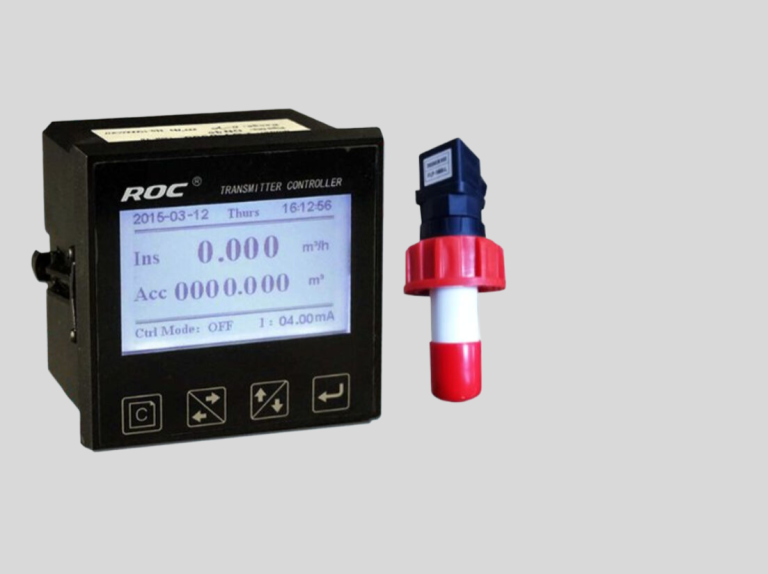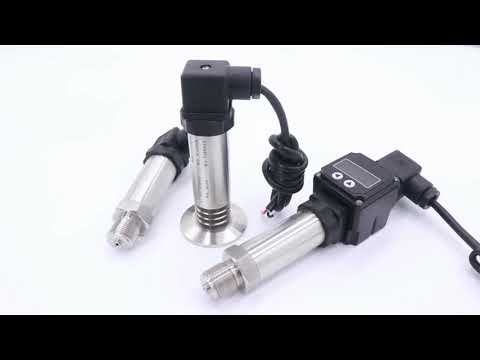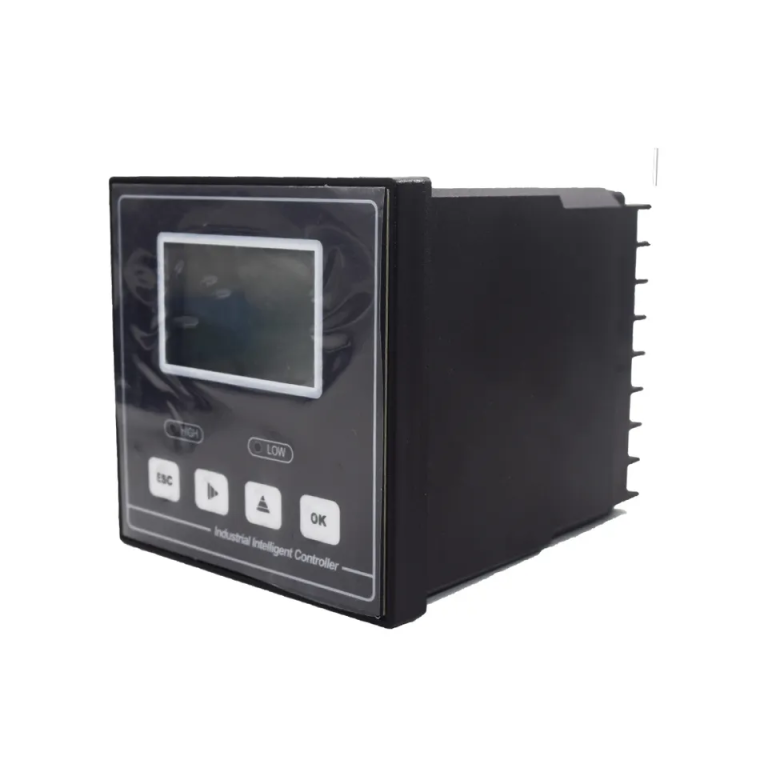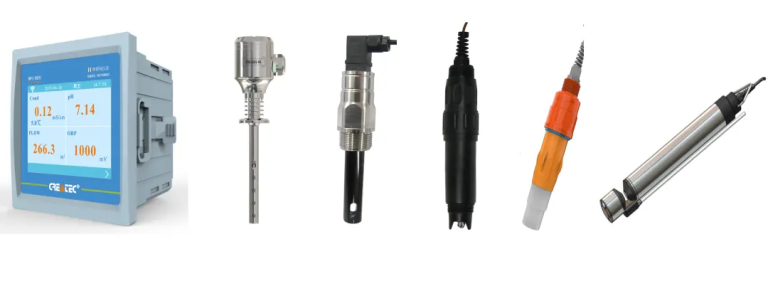Table of Contents
The Importance of pH Control in Aquaponic Systems
pH control is a critical aspect of maintaining a healthy and thriving aquaponic system. The pH level of the water in an aquaponic system plays a crucial role in the overall health and well-being of the fish and plants that inhabit it. In order to understand the importance of pH control in aquaponics, it is essential to first understand what pH is and how it affects the system as a whole.
pH is a measure of the acidity or alkalinity of a solution, with a scale ranging from 0 to 14. A pH of 7 is considered neutral, while anything below 7 is acidic and anything above 7 is alkaline. In an aquaponic system, the ideal pH range for both fish and plants is typically between 6.5 and 7.5. This range provides a stable environment for the beneficial bacteria, fish, and plants to thrive.
Maintaining the proper pH level in an aquaponic system is crucial for several reasons. Firstly, pH affects the availability of nutrients in the water. If the pH is too high or too low, certain nutrients may become unavailable to the plants, leading to nutrient deficiencies and poor growth. Additionally, extreme pH levels can stress the fish and plants, making them more susceptible to disease and other health issues.
One of the key ways to control pH in an aquaponic system is through regular monitoring and adjustment. Testing the pH of the water on a regular basis allows aquaponic system owners to identify any fluctuations and make necessary adjustments to maintain the proper pH range. There are several methods for adjusting pH in an aquaponic system, including the use of pH buffers, such as potassium hydroxide or phosphoric acid, or the addition of natural substances like crushed coral or limestone.
Another important factor to consider when controlling pH in an aquaponic system is the source of water. The pH of the water used in the system can vary depending on its source, so it is important to test and adjust the pH as needed before adding it to the system. Additionally, factors such as fish waste, uneaten food, and decaying plant matter can all contribute to fluctuations in pH, so regular maintenance and monitoring are essential.
In conclusion, pH control is a critical aspect of maintaining a healthy and thriving aquaponic system. By understanding the importance of pH and implementing proper monitoring and adjustment techniques, aquaponic system owners can create a stable and balanced environment for their fish and plants to thrive. Ultimately, maintaining the proper pH level in an aquaponic system is essential for the overall health and success of the system as a whole.
How to Maintain Proper pH Levels in Hydroponic Gardening
Maintaining proper pH levels is crucial in hydroponic gardening to ensure optimal plant growth and nutrient uptake. pH, which stands for potential of hydrogen, is a measure of the acidity or alkalinity of a solution. In hydroponic systems, the pH of the nutrient solution directly affects the availability of essential nutrients to plants. If the pH is too high or too low, plants may not be able to absorb nutrients effectively, leading to nutrient deficiencies and poor growth.
To maintain proper pH levels in hydroponic gardening, it is important to regularly monitor the pH of the nutrient solution. pH meters are commonly used to measure the pH of the solution. These meters provide an accurate reading of the pH level, allowing growers to make necessary adjustments to maintain the desired pH range for optimal plant growth.
The ideal pH range for most hydroponic plants is between 5.5 and 6.5. This slightly acidic range allows for optimal nutrient uptake by plants. If the pH of the nutrient solution is too high or too low, adjustments can be made using pH up or pH down solutions. pH up solutions are used to raise the pH of the solution, while pH down solutions are used to lower the pH.
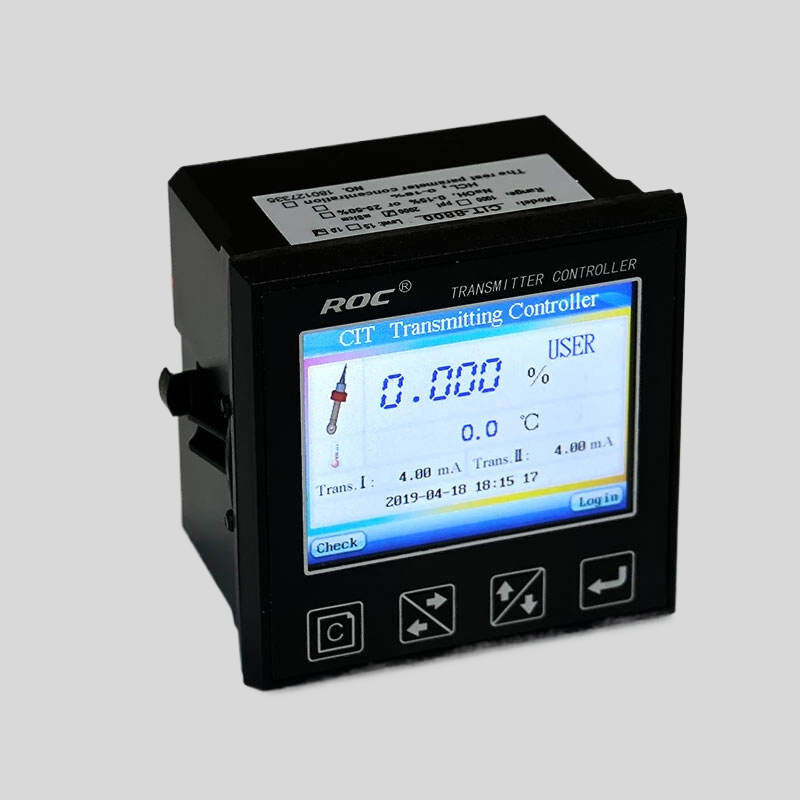
When adjusting the pH of the nutrient solution, it is important to do so gradually. Making sudden and drastic changes to the pH can shock the plants and cause stress. It is recommended to make small adjustments and retest the pH before making additional changes. This will help prevent overcorrection and ensure that the pH remains within the desired range.
Another factor to consider when maintaining proper pH levels in hydroponic gardening is the type of growing medium used. Different growing mediums can have an impact on the pH of the nutrient solution. For example, coco coir tends to have a higher pH, which can affect the overall pH of the nutrient solution. It is important to be aware of how the growing medium can influence the pH and make adjustments as needed.
| Model | pH/ORP-510 pH/orp meter |
| Range | 0-14 pH; -2000 – +2000mV |
| Accuracy | \\u00b10.1pH; \\u00b12mV |
| Temp. Comp. | Manual/Automatic temperature compensation; No Comp. |
| Oper. Temp. | Normal 0\\uff5e60\\u2103; High temp 0\\uff5e100\\u2103 |
| Sensor | pH double/triple sensor; ORP sensor |
| Display | LCD Screen |
| Communication | 4-20mA output/RS485 |
| Output | High/Low limit dual relay control |
| Power | AC 220V\\u00b110% 50/60Hz or AC 110V\\u00b110% 50/60Hz or DC24V/0.5A |
| Working Environment | Ambient temperature:0\\uff5e50\\u2103 |
| Relative humidity\\u226485% | |
| Dimensions | 48\\u00d796\\u00d7100mm(H\\u00d7W\\u00d7L) |
| Hole Size | 45\\u00d792mm(H\\u00d7W) |
| Installation Mode | Embedded |
Overall, maintaining proper pH levels in hydroponic gardening is essential for healthy plant growth and nutrient uptake. By regularly monitoring the pH of the nutrient solution, making gradual adjustments, considering the pH of the water and growing medium, growers can ensure that their plants receive the necessary nutrients for optimal growth. Proper pH control is a key aspect of successful hydroponic gardening and should not be overlooked.

